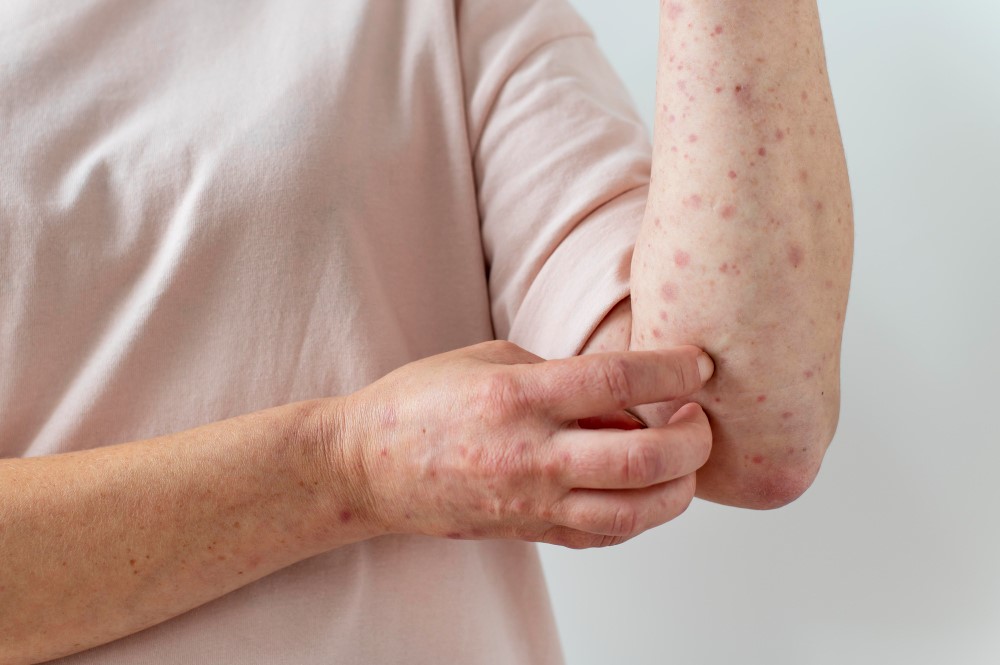Understanding Cradle Cap: A Comprehensive Guide
Cradle cap, medically known as infantile seborrheic dermatitis, is a common skin condition seen in newborns and infants. This benign issue manifests as crusty or oily patches on a baby’s scalp. While it may appear concerning, cradle cap is generally harmless and temporary.
Identifying Cradle Cap: Key Characteristics
Parents often notice thick, yellow crusty scales on head. These patches can sometimes extend to the eyebrows or behind the ears. Despite its appearance, cradle cap is not painful or itchy for the baby.
Causes of Cradle Cap: Understanding the Underlying Factors
The exact cause of cradle cap is not clearly understood. However, it is thought to be linked to overactive sebaceous glands in the baby’s skin, which produce an excess of sebum. Hormonal changes in the baby after birth can contribute to this.
Treating Cradle Cap: Effective and Gentle Approaches
Mild cases of cradle cap often resolve on their own. Simple measures include washing the baby’s scalp gently with baby cradle cap shampoo and using a soft brush to loosen scales. In persistent cases, a pediatrician may recommend a medicated shampoo.
Preventing Cradle Cap: Tips for New Parents
While prevention isn’t always possible, regular scalp washing can reduce the likelihood of cradle cap. Avoiding overbathing and harsh products can also help maintain the natural oils in the baby’s scalp, preventing dryness and scaling.
When to Seek Medical Advice: Navigating Concerns
If the cradle cap is severe, spreads beyond the scalp, or is accompanied by other symptoms like redness, swelling, or fever, it’s essential to consult a healthcare provider. This ensures that any underlying conditions are properly addressed.
Conclusion:
Cradle cap is a normal, treatable condition in babies. By understanding its characteristics and management, parents can ensure their little one’s comfort and health. Remember, when in doubt, seeking medical advice is always the best course of action.

